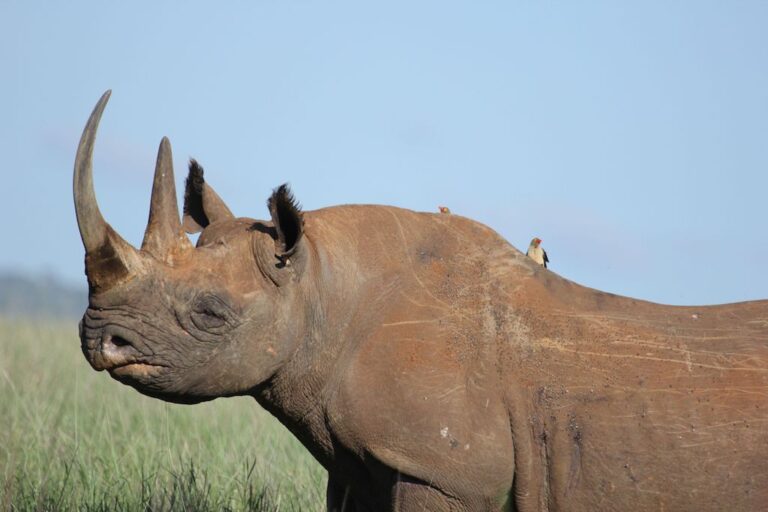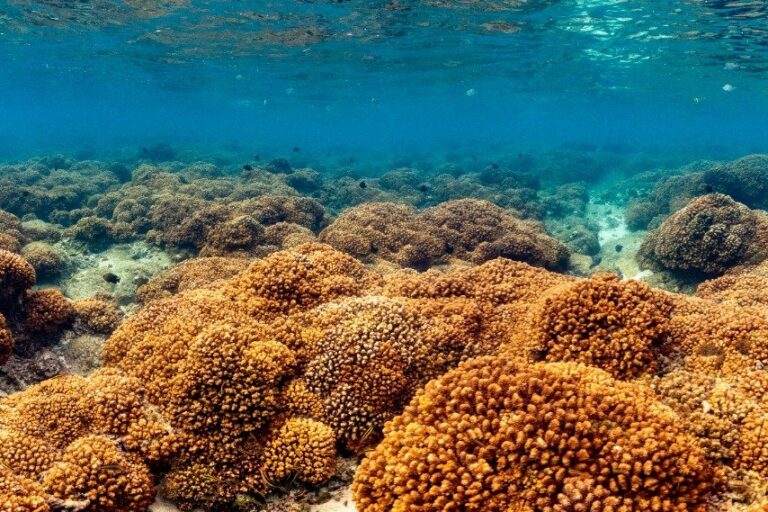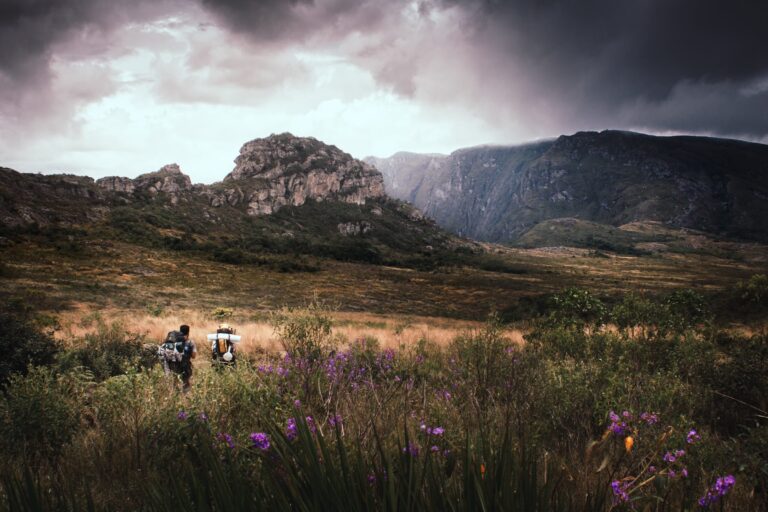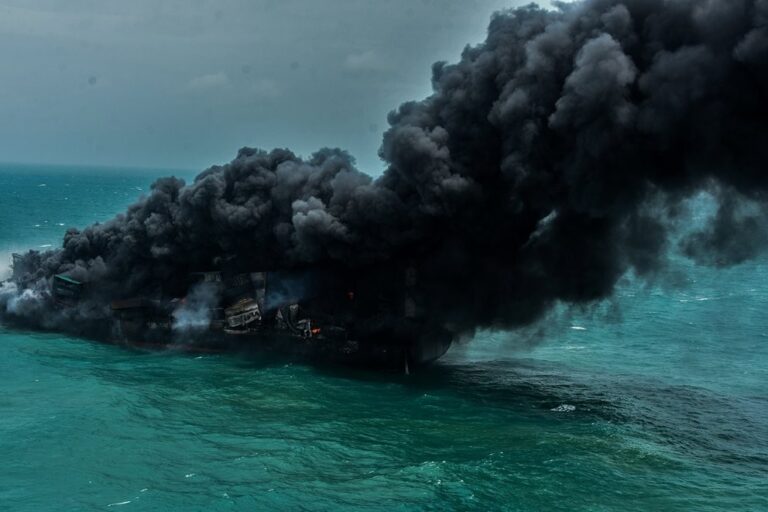- Small-scale fishermen and women in West African fishing communities commonly treat accidentally caught dolphins as an opportunistic source of food, according to a recent study
- Cultural differences often govern consumption patterns of dolphin meat, the study found.
- Protecting dolphins in the region would require protection of fish stocks in the West African waters and prevention of overfishing by industrial fishing vessels from developed countries, researchers said.

Dolphins are often collateral damage of the fishing industry — they get entangled in fishing gear targeted at other fish species, and often sustain injuries and die. But what happens to such accidentally-trapped dolphins? Sometimes they get eaten, researchers have found.
Small-scale or artisanal fishermen and women in West Africa commonly treat such accidentally caught animals as an opportunistic source of food, according to a recent study published in Human Ecology.
Every year, over 300,000 dolphins and other cetaceans die from getting caught in fishing nets, according to marine experts. In the West African waters, too, dolphins often get trapped this way.
“Gill nets, one of the most destructive forms of fishing, are probably responsible for a considerable proportion of the dolphin bycatch happening at an artisanal scale,” Ruth Leeney, lead author from Benguela Research & Training in Walvis Bay, Namibia, told Mongabay.
But detailed information about the different dolphin species that actually get caught and eaten is still unknown, she added. “I know that Bottlenose dolphins and Atlantic Humpback dolphins are caught by inshore fisheries in West Africa because I have seen evidence of the bycatch of the two species,” she said.
To unmask the fate of dolphins that get trapped in fishing nets, Leeney and her colleagues interviewed nearly 500 fishermen and women in Senegal, The Gambia and Guinea-Bissau, between 2007 and 2012.
The team found that many fishers admitted to eating dolphin meat and sharing it with their community members. Some sold the meat in local markets too. But this practice was uncommon, the researchers write.
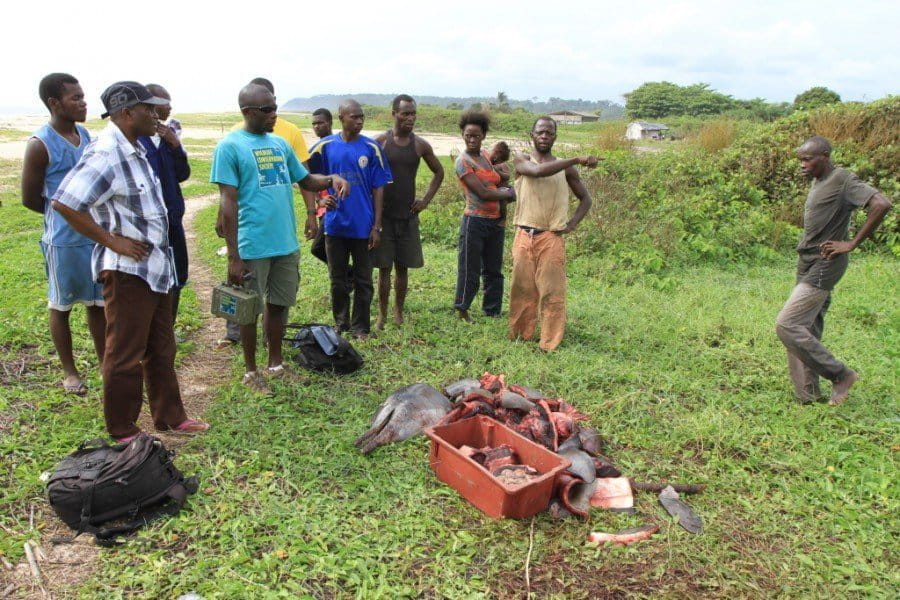
Not all fishing communities that were interviewed prefer to eat dolphin meat, though. Cultural differences often govern their consumption patterns, Leeney said.
For example, members of the Fata-fata ethnic group in Senegal consider dolphins to be their protectors. “One interviewee, who was himself a Fata-fata, stated that dolphins act as their guides and protect them against many things,” the researchers write. “Another Fata-fata respondent stated that his family would not eat dolphin meat, and would become ill if they did.”
Local laws against catching and eating dolphins, and people’s perceptions of how strict those laws are, also probably decide whether the communities consume dolphin meat, Leeney said. Economic status might be a factor too. In poor communities, for instance, people may eat dolphin meat when nothing else is available or affordable, she speculates.
The fishermen and women also did not seem to partake in targeted hunting of the animals, the researchers found. This could be because “dolphins can cause considerable damage to the fishing nets while they are entangled,” they write.

“Certainly we know that there were a few targeted hunts for dolphins in the past, based on older literature,” Leeney said. “There were, and may still be, targeted hunts for West African manatees — their meat is considered desirable by many people. But I never got the impression that such an effort was made for dolphins.”
Most communities on the West African coast depend heavily on fish for their subsistence. While the West African waters are a rich fishing ground for these local coastal communities, they also attracts large industrial fishing vessels from developed countries resulting in overfishing. The region also experiences one of the highest levels of illegal fishing in the world, according to a 2012 report by the Environmental Justice Foundation.
So protecting dolphins in West Africa would require protection of fish stocks by preventing overfishing by commercial fishing vehicles, Leeney said. This is “not just because dolphins need fish to eat, but also because if local communities don’t have fish to eat, they may resort to using dolphins as food instead,” she added.
Citations:
- Leeney RH, Dia IM, Dia M (2015) Food, Pharmacy, Friend? Bycatch, Direct Take and Consumption of Dolphins in West Africa. Human Ecology 43(1). Doi: 10.1007/s10745-015-9727-3








